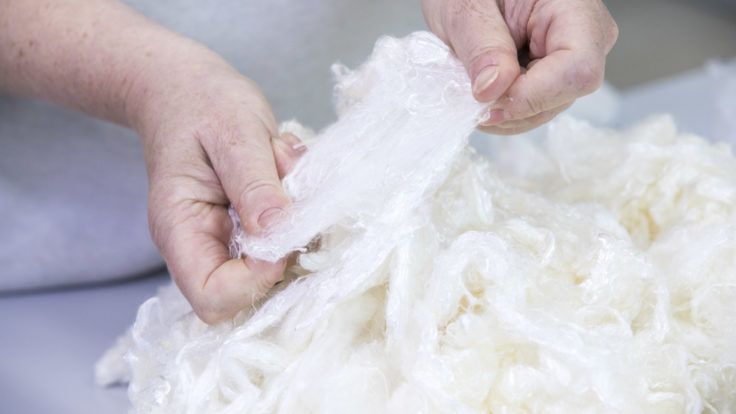The Story
Finland created the world’s first National Road Map to a Circular Economy (2016–2025). According to estimates, the circular economy may contribute an annual added value of at least three billion euros to the Finnish economy by 2030. For Finland, a circular bioeconomy is a tool for achieving sustainable development, combatting climate change, saving natural resources, and improving the state of the environment, all while generating economic growth and jobs. The Finnish Government has also established the strategic programme to promote a circular economy, which aims at transforming the economy into one that is based on the principles of circular economy by 2035.
A developed nation of 5.5 million people is well suited to trying out new innovations; different partners are often in close proximity. Finland is now carrying out practical circular economy experiments that are providing benefits across all sectors of business and society. New, digitalised solutions are being tested for renewable energy, nutrient recycling, low-carbon timber construction, recycling of municipal waste and rehabilitation of contaminated land, to name a few. Many Finnish companies are pioneers in the circular economy.
The Finnish Innovation Fund Sitra won the public-sector category of The Circulars, awarded at the World Economic Forum in Davos, in 2018. One example is Smart & Clean Helsinki Metropolitan. Already, thousands of Finnish school and university students are learning about applying circular economy principles.
In addition to national initiatives, Finland is also developing the circular economy globally. The annual World Circular Economy Forum, an initiative by the Finnish Innovation Fund Sitra, presents the world’s best circular economy solutions and brings together key circular economy thinkers and doers from around the globe.
Finland offers solutions for a sustainable society.
